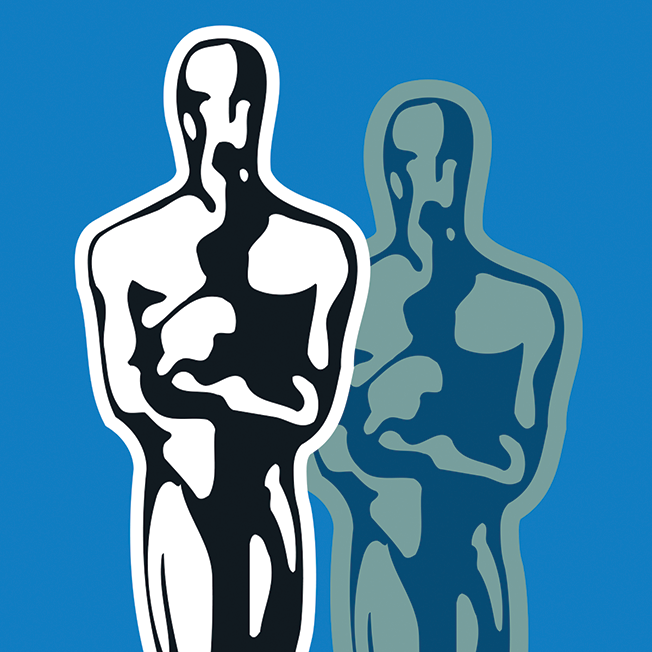Inspiration meets innovation at Brandweek, the ultimate marketing experience. Join industry luminaries, rising talent and strategic experts in Phoenix, Arizona this September 23–26 to assess challenges, develop solutions and create new pathways for growth. Register early to save.
Hollywood loves a great sequel. Not simply because they offer opportunities to tell a story again. Sequels are high on the list of A-list directors and studio networks because the great ones do three things exceptionally well:
• They reengage foundational audiences to come back for more;
• They attract new audiences who find something of interest that's meaningful and relevant;
• They have the potential to make advertisers, distributors and networks swoon.

Esther 'E.T.' Franklin
The coup de grâce of these elements? Growth—more people going to theaters, expanded access to diverse audiences increasingly important to the bottom line, and swelling advertiser investment.
Hollywood has spent much time perfecting the sequel machine. Nothing's more a testament to that than The Force Awakens. Steadfast Star Wars fans were thrilled at the return of something familiar, while new fans were drawn in with its relevancy, evocativeness and opportunity for self-reflection—enabling them to feel the power of the force within. With the film reaching $900 million in U.S. box office receipts in 50 days of release and blowing past $2 billion worldwide, everyone's feeling the love.
Obviously, Hollywood knows what makes a sequel a box office hit. So why did they miss the cues that last year's #OscarsSoWhite protest would rise like a phoenix this year and produce a substandard sequel of continued missed opportunities and revenue?
• Foundational Audience: Check. With a voting body that is 94 percent Caucasian and 77 percent male, the status quo remained … the status quo.
• New, Expanded Audience: Miss, miss, miss! With only about 2 percent black and even fewer Latino voters in the Academy, and with calls for boycotts from some of Hollywood's most influential black stars, we can't check that box. Latinos, Asians, Native Americans and people of color everywhere are watching, wondering why they, too, are MIA.
• Swooning Advertisers, Distributors and Networks: Not likely. They crave growing audiences. Whether that will materialize remains to be seen.
Ratings for last year's Oscars telecast fell 15 percent from the prior year, making 2015 the least watched Academy Awards since 2009. These stats don't make advertisers swoon. Knowing this, and coupled with the hoopla surrounding last year's #OscarsSoWhite campaign, why does the Academy find itself here again?
The Oscars' slow response to this issue is confounding, further distancing people of color from one of TV's historically most important brand-viewing experiences. Diverse audiences represent the high-growth opportunity advertisers need now more than ever. Plus, African Americans spend more time with TV than any other audience. Think of Lee Daniels' Empire or any of Shonda Rhimes' vehicles.
The knowledge that diverse audiences drive growth and spend the most time with TV, and the fact that the Oscars influence consumer purchases more than even the Super Bowl (Oscars viewers are more likely to buy a brand after seeing the show—31.1 percent versus the Super Bowl's 6.87 percent) present a crystal-clear case for cultural representation. The Oscars' inability to put the three together to drive growth for itself and advertisers reflects an insular mindset benefiting a shrinking few.
That this continues to be an issue in 2016 leaves people of color feeling under-supported in efforts to override systemic omission, and not just in the U.S. (see: #BaftaBlackout). Like others, they want their voices recognized, to feel welcomed and acknowledged for their full value and contribution to growth.
Yet, outcries grounded in frustration and disappointment can yield an aftermath of expanded opportunity for advertisers wanting to connect with high-value, diverse viewers. The world moves fast and transformation is all around us. While the academy didn't learn from its mistakes, marketers can. By engaging the total market, not just certain segments, they will ensure their sequels are blockbusters … not flops.
Advertisers should be present in this cultural moment by supporting and facilitating the dreams and concerns of diverse audiences. Just as brands showed up in support of marriage equality, bolstering relationships with the LGBT community, similar opportunities exist to deepen and broaden growth-driving relationships grounded in the interests of people of color.
We'll soon see what this year's Oscars ratings will yield. Maybe they will continue on a path to slow death as diverse audiences again bypass one of Hollywood's greatest events in favor of more welcoming viewing experiences. Perhaps they'll be strong. While people of color won't support the Academy's exclusion and shortsightedness, they will find a way to stand by Chris Rock, who can call the situation to task in a way that's redemptive to their spirits and souls.
Whether this will impact ratings is unclear. But just imagine the difference for the Academy, ratings, advertisers and diverse constituencies if this year's Oscars sequel had generated #OscarsFinallyGotItRight. Dare I say, growth?
Specs
Claim to fame Esther "E.T." Franklin, Starcom MediaVest Group's evp, head of Americas experience strategy, got her nickname from the beloved alien in the 1982 Steven Spielberg film. A long-time water aerobics master, her favorite indulgence is vanilla frozen custard on a cake cone.
Base Chicago
Twitter @etwise
This story first appeared in the Feb. 22 issue of Adweek magazine. Click here to subscribe.








